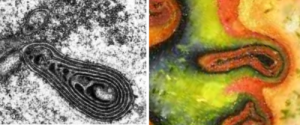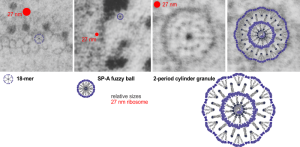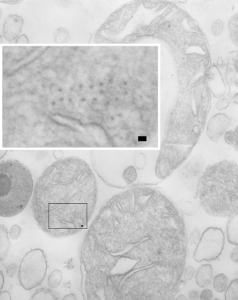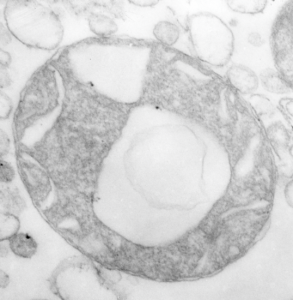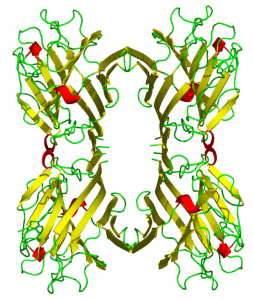“Two months into his Presidency, Gallup has Mr. Trump’s approval rating at 39%. No doubt Mr. Trump considers that fake news, but if he doesn’t show more respect for the truth most Americans may conclude he’s a fake President.” THIS IS A QUOTE from the Wall Street Journal.
I checked several sites for approval ratings during presidencies. I found a couple of nice charts. It seems that presidents get a boost after just taking office, in approval rating that is, then the decline starts… It seems more like a pattern, an inevitable grumpyness and disappointment that changes promised in campaigns are not delivered.
So Truman leaves office with widespread disapproval (lowest of all presidents from 1945 onward). The polls that give marks as high as 59 % are few, and I have to think that if 59% is the top mark for any president over the last half century, then indeed, we are a divided nation.
Taking the above “sweet honeymoon” period info from published presidential approval ratings, Trump will end up down around 5% just like Truman.
And then go to wikipedia and find totally different results…. In my book, results should be results, but apparently not. Wikipedia indicates that all presidents are within a few points of each other…. What gives. These graphs for Bush (top) Obama (middle) and Trump (bottom) show that Bush went out on a low note, Obama was pretty much even 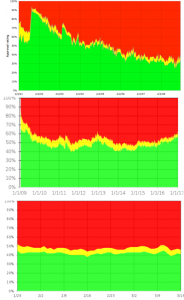 through the presidency….Trump (however short his tenure has been in three months… Starting out low, will likely be no different than almost all president’s downward slide in approval till they leave office. As mentioned, this is an opinion pole, it may speak more to the polled and the pollsters than the president in question. So much for Trump’s statements that we are all very “happy” with him.
through the presidency….Trump (however short his tenure has been in three months… Starting out low, will likely be no different than almost all president’s downward slide in approval till they leave office. As mentioned, this is an opinion pole, it may speak more to the polled and the pollsters than the president in question. So much for Trump’s statements that we are all very “happy” with him.
The bottom line: ha ha… write your own.
